Unmatched Performance!
Review Summary
The XPG Fusion 1600W Titanium PSU, designed with Delta Electronics, offers top performance and innovation. Featuring GaN MODFETs, it supports multi-GPU setups with dual 12VHPWR connectors and full software control. It provides excellent voltage regulation and efficiency. Priced at $700, it’s perfect for enthusiasts seeking high-end technology and a 12-year warranty, but it may be too costly for average PC builders.
Hours Tested: 8
Overall
-
Performance - 9.6/10
9.6/10
-
Value - 9/10
9/10
-
Build Quality - 9.8/10
9.8/10
-
Future-Proofing - 9.8/10
9.8/10
Pros
- Fully digital PSU from Delta Electronics.
- GaN MODFETs enhance efficiency for quieter operation.
- Supports multi-GPU with dual 12VHPWR connectors.
- 12-year warranty.
- Fully software controlled.
Cons
- $700 price tag.
XPG is one of the brands that take the meaning of its own name (Xtreme Performance Gear) very seriously!
Ever since XPG got themselves into the PSU market, they have been creating some of the best-performing PSUs with little to no compromises, even in their budget-oriented PSU lineup.
With the arrival of extremely power demanding GPUs and CPUs recently, came the latest Intel ATX 3.X specifications which eventually challenged all the OEMs to finally upgrade their age old platforms as per the new requirements. If that was not enough, AI and Machine Learning being the buzzwords of today’s era, still keeping the use of “multi-GPU” support alive, making it even more cumbersome for those OEMs to allow support for multiple 12VHPWR (600W rated) GPUs.
In our XPG CyberCore 1000W review, we said:
I still wish to see a fully digital PSU, and I strongly believe XPG is among the very few manufacturers that can achieve this engineering marvel in the near future. So I am hoping for the best.
Well, well, well…the day has finally arrived when we get to see a PSU so advanced, innovative, superbly engineered (or if I daresay overly-engineered) that it looks nothing like any PSU we have seen before from the inside, and that’s why I (being an absolute electronics nerd) had to bravely ask my girlfriend (imaginary of course) to give me some “alone-time” with XPG Fusion 1600 Titanium so that I could properly understand its ins and outs for describing it later in the teardown section.
Key Takeaways
- The XPG Fusion 1600W Titanium PSU is a high-end power supply unit designed for enthusiast gamers and overclockers. It is very efficient, powerful, and packed with innovative features like GaN MODFETs and full software control.
- You should buy the XPG Fusion 1600W Titanium if you want a high-performance power supply that will last you for several years to come.
- The only reason to skip the XPG Fusion 1600W Titanium if you’re not ready to spend $700 on a PSU.
Here are the specifications:
| Dimensions (L x W x H) | 210 x 150 x 86mm |
| Cybenetics Rating | TITANIUM |
| 80 Plus Rating | TITANIUM |
| ATX Version | ATX 3.0 |
| Protections | OCP, OVP, OPP, OTP, UVP, SCP, NLO, SIP |
| Certification | CE, CB, FCC (IC), TUV, cTUVus, TUV S-Mark, NOM, BSMI, UKCA, CQC, EAC |
| PFC | > 0.99 |
| Input Voltage | (1) 100-240V <br> (2) 115-240V |
| Input Current | (1) 15A |
| Input Frequency | (1) 47-63Hz <br> (2) 47-63Hz |
| DC Output Voltage | +5V, +3.3V, +12V, -12V, +5Vsb |
| Total Output | (1) 1300W <br> (2) 1600W |
| Power Excursion | 3760W (up to 235% of the PSU’s rated power for 100μs) |
| Operating Temperature | 50°C |
| Fan Size | 135 x 135 x 25mm |
| Fan Bearing | Double Ball Bearing |
| Fan Speed | 2700 ± 10% RPM |
| MTBF | 125,000 hours @ 25°C |
Packaging & Unboxing
The front of the box is pretty typical of other XPG PSUs I have seen. We got an image of the power supply, an anime girl, the 80+ and Cybenetics Titanium branding alongside ATX 3.0 and 12VHPWR logos. At the back, you’ll find all the key specifications regarding the PSU itself, including cables and connectors (I will discuss them later).
The main PSU is protected with foam packing, and the extra cables come in a rather cool pouch. I really like the overall feel and handling of the packaging. It serves its purpose in terms of protection while also adding some good flair.
Design
The unit measures 210 x 150 x 86mm (L x W x H). The entire shell is painted in a satin black paint. Combined with the aggressive geometric shapes and stickers, the PSU gives off a gamer vibe without any RGB effects.
It’s good to see that XPG has given plenty of room for airflow with the perforated panel at the back. Plus, one underrated quirk is that the fan guard is a single piece, so there are no seams. However, I would have loved to see some covers over the four screws.
Following the sharp, angular theme of geometric shapes, both sides have a big sticker pasted with XPG and FUSION branding. You’ll also find all the important power output specifications at the bottom.
Cable & Connectors
All the cables have adequate length for an ATX build and good configuration to handle any high-end PC (as expected). It’s good to see that the 20+4 ATX cable and the 12VHPWR cable are also sleeved.
The PSU also comes with an OC Link cable, which you can use to connect to XPG FUSION PSUs together for extreme overclocking.
Here is the list of all connectors:
| Cable Type | Quantity |
| Motherboard 20+4 Pin | 1 |
| ATX 12V 4+4 Pin (CPU) | 2 |
| PCI-E 12V-2×6 12+4 Pin | 2 |
| PCI-E 6+2 Pin | 10 |
| SATA | 12 |
| Molex | 4 |
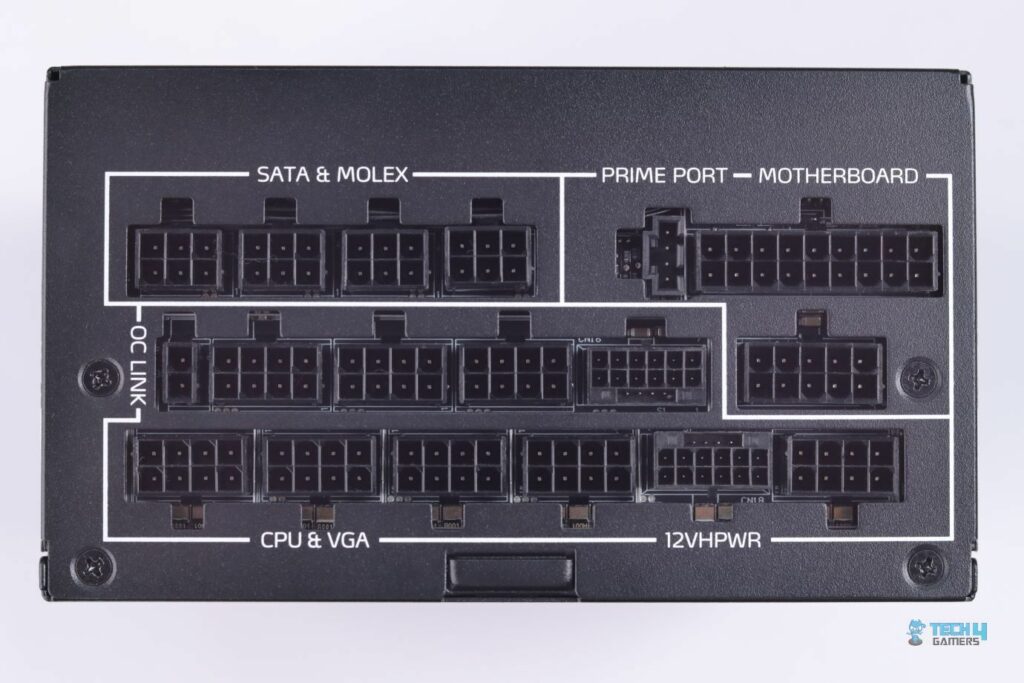
The modular bay is clearly labeled for quick connections.
Software Software
XPG Fusion 1600W Titanium, being a fully digital PSU, also allows its users full control over every electrical monitoring aspect ranging from monitoring mains Voltage, Current, and Wattage to giving you controls for individual voltage rails if you really are concerned about utmost safe operation for your beloved hardware connected to this PSU.
XPG Prime is a very easy-to-use software that allows real-time monitoring and alarm functionality.
Teardown & Component Analysis
This is surely going to be a fun part, at least for a nerd like me, but because here at Tech4Gamers, we have always made things easier for our readers, the same will happen this time.
Higher power density, reliable & extremely efficient PSUs are the attributes that can easily be associated with server PSUs because they have bigger dimensions than ATX PSUs and only require 12V output, hence why achieving better efficiency levels (one of the reasons Intel is now pushing ATX 12VO “12V Only” specs)
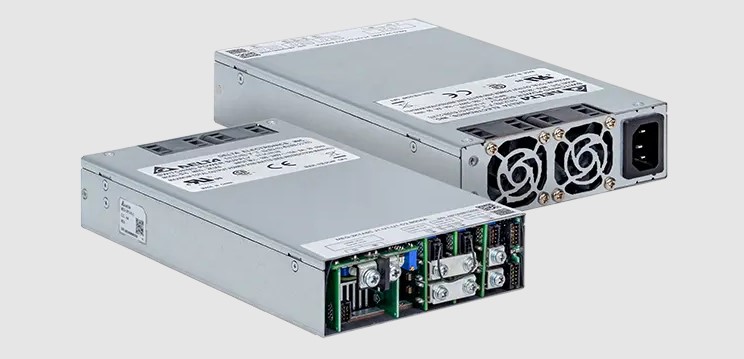
In an effort to achieve high levels of efficiency, we have seen Primary side topology in PSUs transitioning from APFC Boost + LLC (found in Gold) to Interleaved PFC + LLC (found in Platinum) for 92% & 94% max efficiency numbers, respectively. Going beyond such numbers requires ingenuity that will be able to suck in all the energy from a massive R&D budget.
XPG had absolutely zero options (and trust) for an OEM that could have fulfilled their insanely high demanding requirements because almost every OEM has been utilizing the same old design approach, which offers nothing new and unique. This is exactly why XPG partnered with Delta Electronics, which is already among the top industry leaders for Server PSUs & Power Adapters.
This is the first time Delta Electronics has entered the ATX PSU market, and it looks like they have performed all of their best combos at once with XPG Fusion 1600W Titanium.
Their major design improvement is due to the implementation of GaN MODFETs instead of using traditional switching components like Bridge Rectifiers & MOSFETs, which seem to be creating a huge bottleneck for high-power density efficiency PSUs.
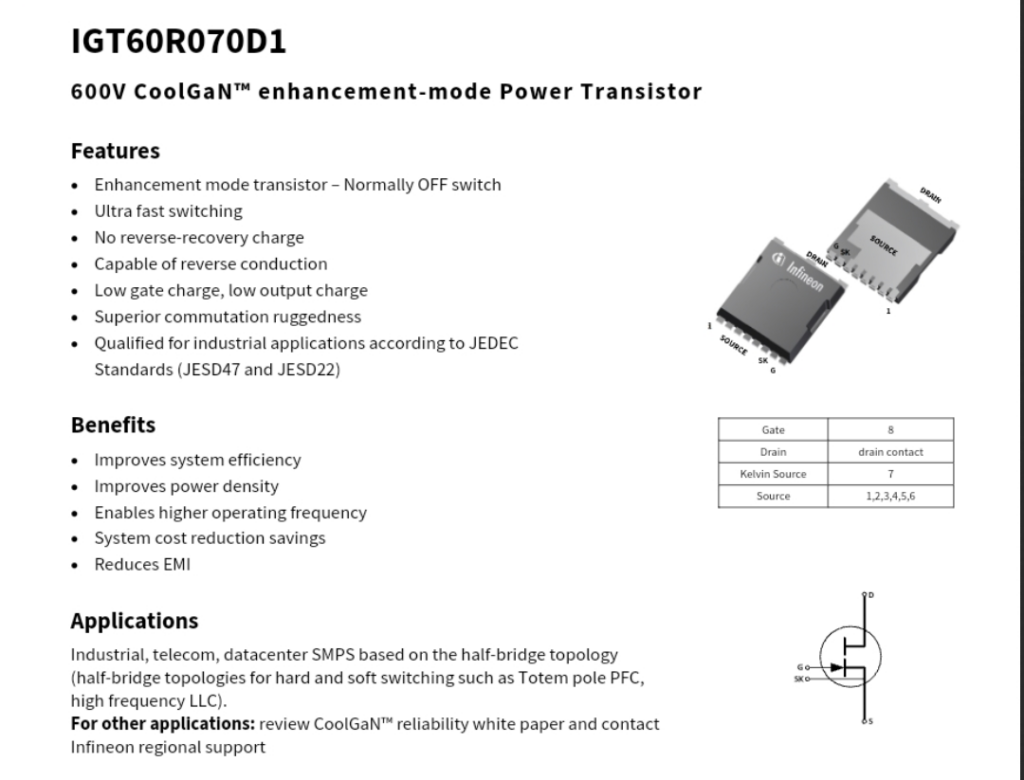
GaN MODFET in electronics is similar to what AI in today’s computing field: extremely fast & superbly efficient! With faster switching and high power density of GaN MODFETs it is even possible to achieve not only 99% efficiency levels but with much fewer components, making the size of an actual PSU much more compact.
Still with me here? Hey, we haven’t even gone to the actual teardown details yet! You guys have yet to witness half of my excitement 😀
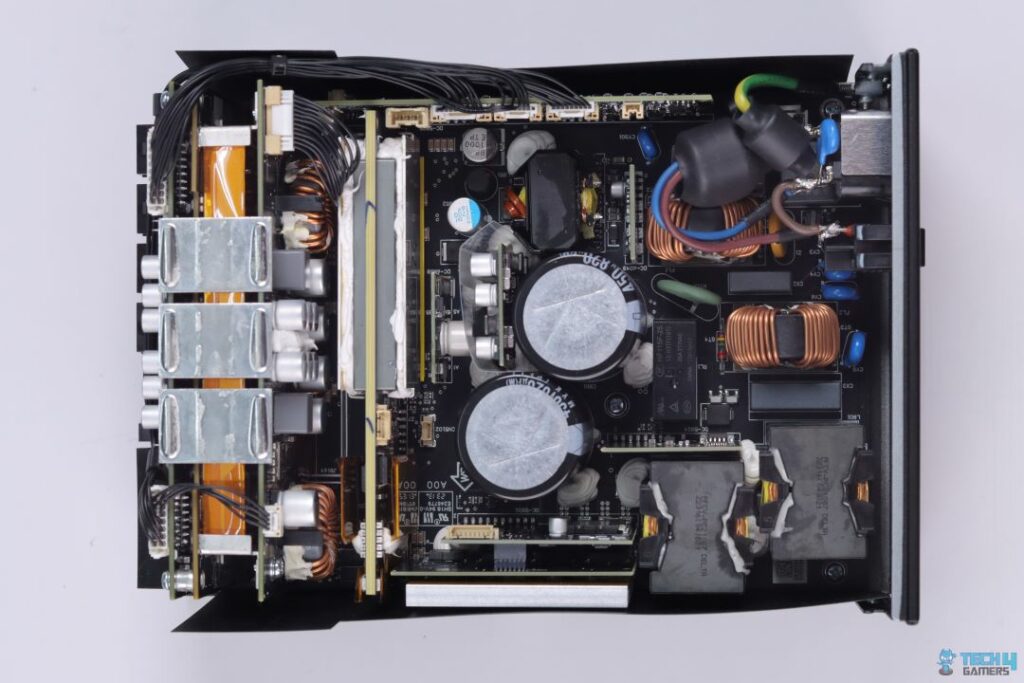
Delta Electronics is using the highest efficiency topology there is for an ATX PSU, Digital Totem-Pole Bridgeless PFC + Full Bridge LLC on the primary side, making it a fully Digital PSU. We haven’t had any major luck in seeing that many fully Digital PSUs in the past, only Corsair’s AXi series ages ago that’s long been discontinued. Several OEMs have tried to achieve this engineering marvel but have failed miserably. XPG & Delta Electronics have really done a tremendous job here!
The internal board layout is clean, and several vertical daughter boards are used. This is the first time you may be seeing a whopping 1600W power-handling brick without any big block of heatsink. This is all thanks to XPG Fusion’s Titanium efficiency and the use of GaN MODFETs that don’t produce much wasted heat.
At the beginning of this article, we mentioned that XPG Fusion is nothing like any PSU we have seen before, right? If you have been into PSU reviews or have read our other PSU reviews, then you must be confused at this point that in XPG Fusion 1600W, there’s actually no Transformer! How is the primary 12V rail generated then?
Well, here’s another engineering marvel from Delta Electronics, the very first time in ATX PSUs, it’s patented Planar Transformer technology (you gotta be showing off at this point, Delta!) that allows the Transformer to be mounted on a vertical PCB, saving the space and managing the heat dissipation. The entire 12V rail and its MOSFETs are all housed on the same PCB along with the Planar Transformer.
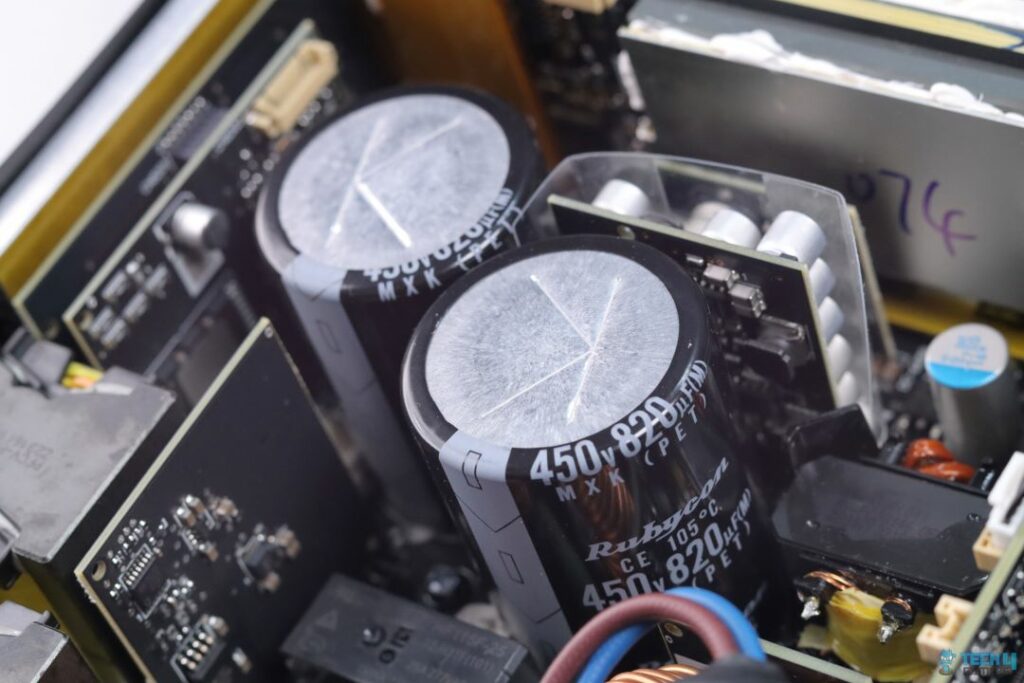
All the electrolytic capacitors are from well-known Japanese manufacturers such as Rubycon (main bulk capacitors) and Nippon Chemi-Con. Bulk electrolytic capacitors have a capacitance large enough to handle hold-up time even at a full 1600W load.
There are many polymer capacitors for ripple filtering from both Japanese and high-end Taiwanese brands.
3.3V & 5V are generated via DC-DC converters, all digitally controlled. Only the 5VSB rail is generated via the old traditional way of getting AC-DC conversion from its own dedicated bridge rectifier.
Some more insides!
One of the reasons this PSU costs around $700 (oh, you thought all this innovation would come for free?) is the use of several microcontrollers that control all the vital functionality of this PSU. There are also huge metal tabs linking minor voltage rails (3.3V & 5V) to the output connectors’ section.
Here, you can see the output connectors panel where you plug in all of your required power connectors. XPG Fusion offers software-level control of individual voltage rails, which is why we get to see so many current shunt resistors here on the board.
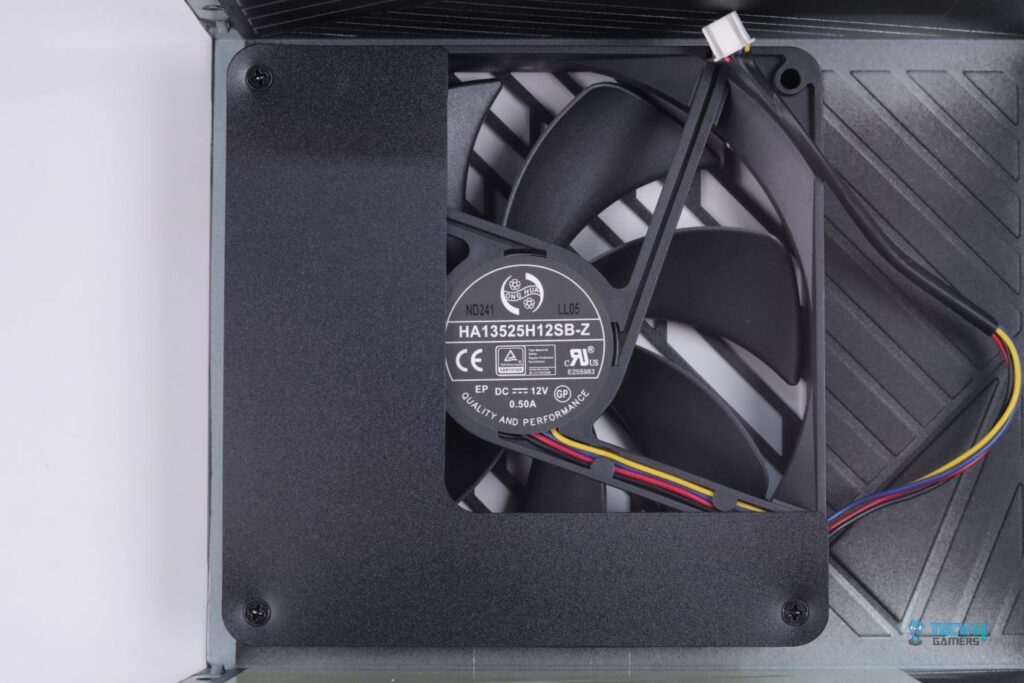
It’s a double-ball-bearing fan from Hong Hua, unlike XPG’s CyberCore series, which uses super expensive and premium fans from Nidec. This is to keep the cost slightly down.
Thanks to its extreme efficiency, the fan only gets to kick in when the load reaches around 775W! Users can also adjust fan curves using XPG Prime software.
PSU Load Testing
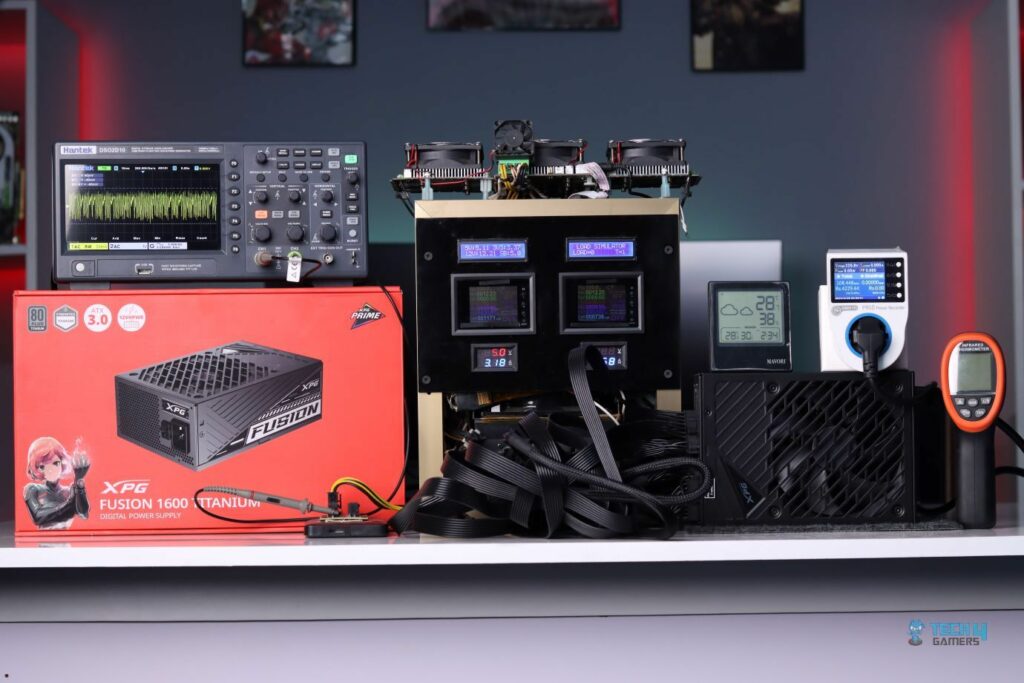
12V & Minor Voltage Rails Regulation
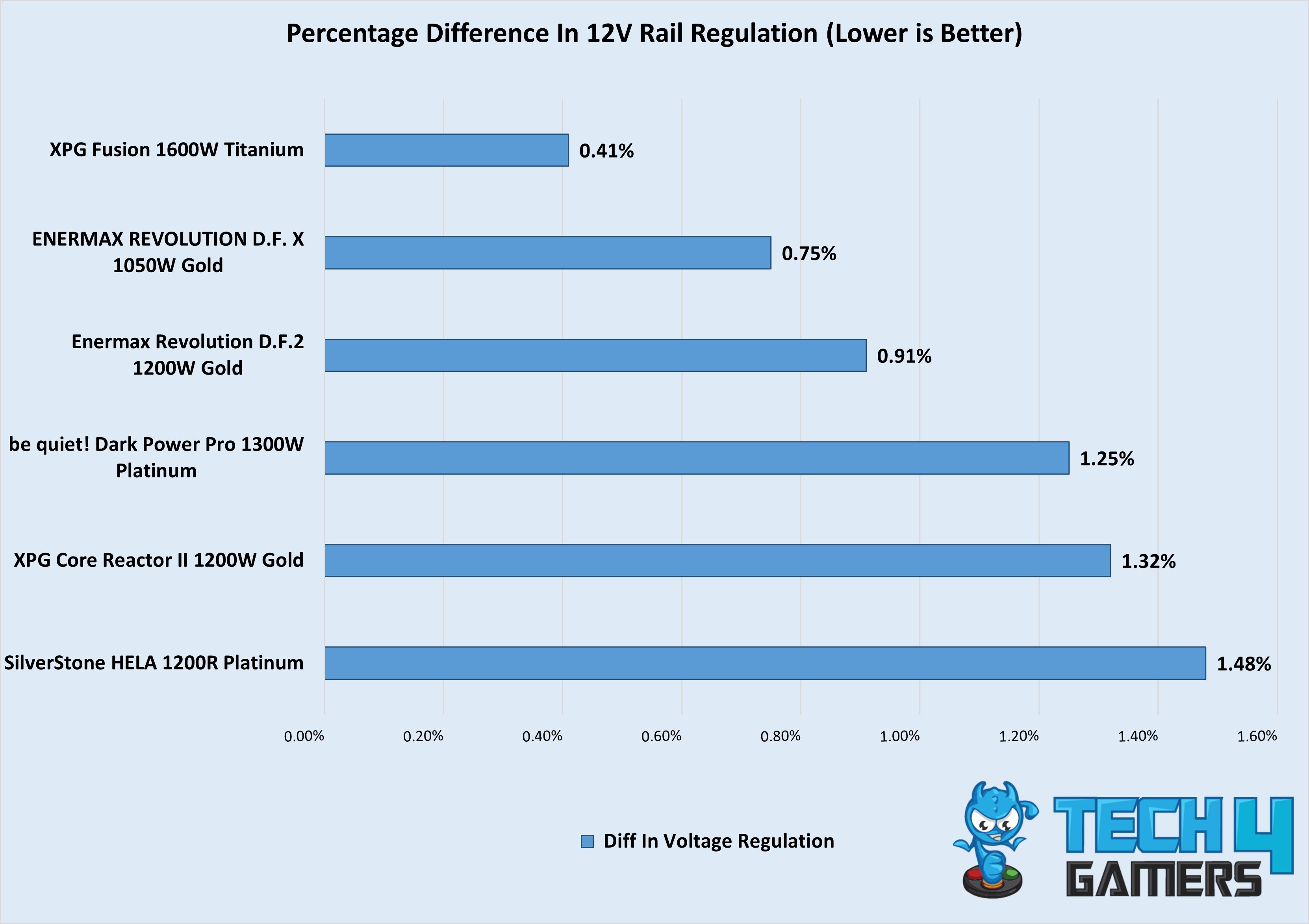
| Load in % | 12V | 5V | 3.3V |
| 20% | 12.18V | 5.10V | 3.35V |
| 50% | 12.13V | 5.09V | 3.34V |
| 70% | 12.15V | 5.10V | 3.35V |
| 90% | 12.15V | 5.09V | 3.34V |
| 100% | 12.14V | 5.09V | 3.34V |
Voltage regulation is kept very tight even at the maximum load. Surely, this is well-built to handle multiple GPUs without breaking a sweat.
PSU Efficiency
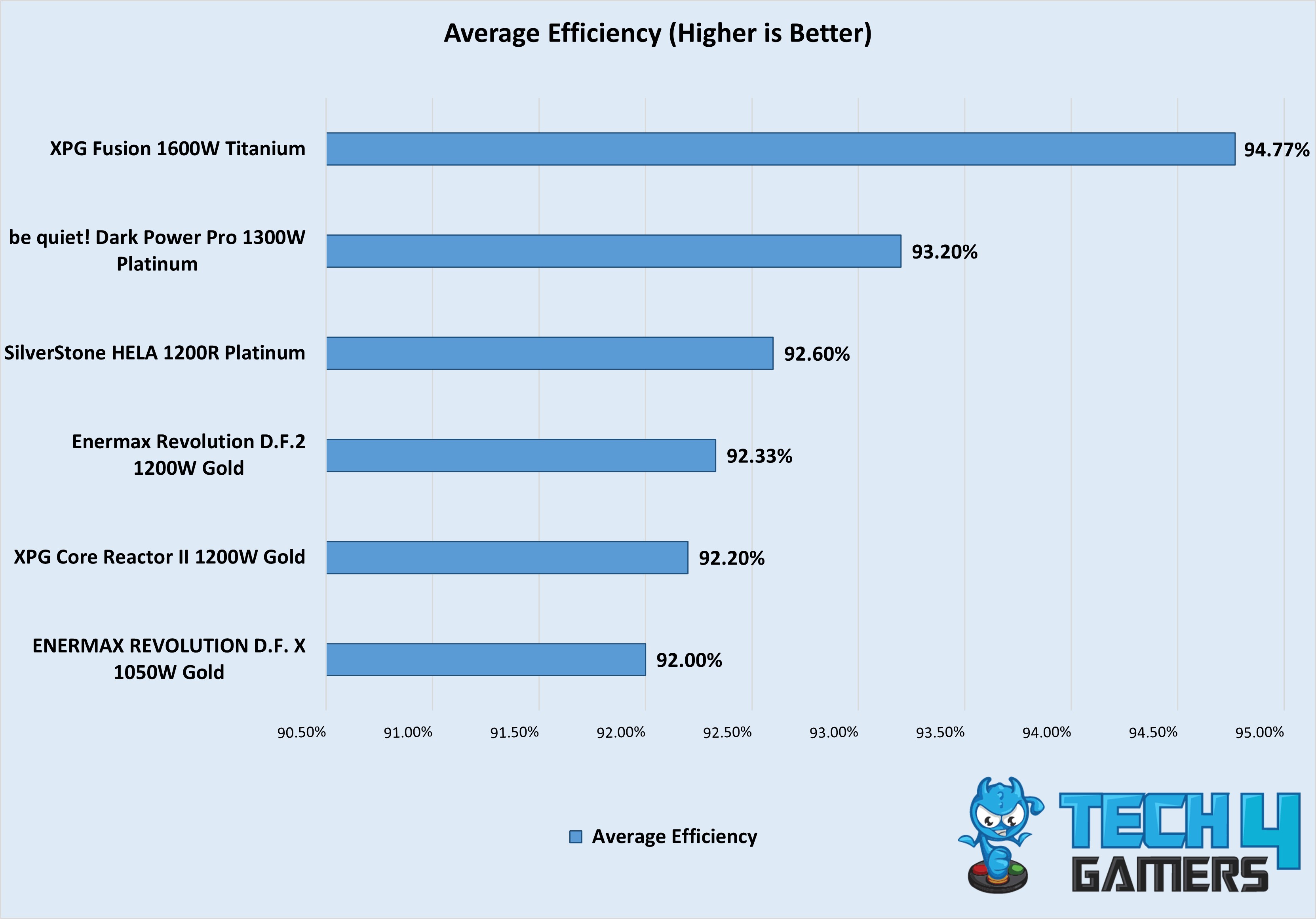
| Load in % | Power Factor | Efficiency |
| 20% | 0.973 | 93.53% |
| 50% | 0.993 | 95.60% |
| 70% | 0.996 | 95.32% |
| 90% | 0.998 | 94.86% |
| 100% | 0.999 | 94.53% |
Overall efficiency is superb but we surely were expecting to see even more exceptional results. Moreover, electric/power companies will be really happy with this PSU as this wastes almost no reactive power and efficiently converts it into actual used wattage, thanks to its very high Power Factor readings (PF 0.999) that I don’t think we have seen here at Tech4Gamers before.
Voltage Ripple Performance
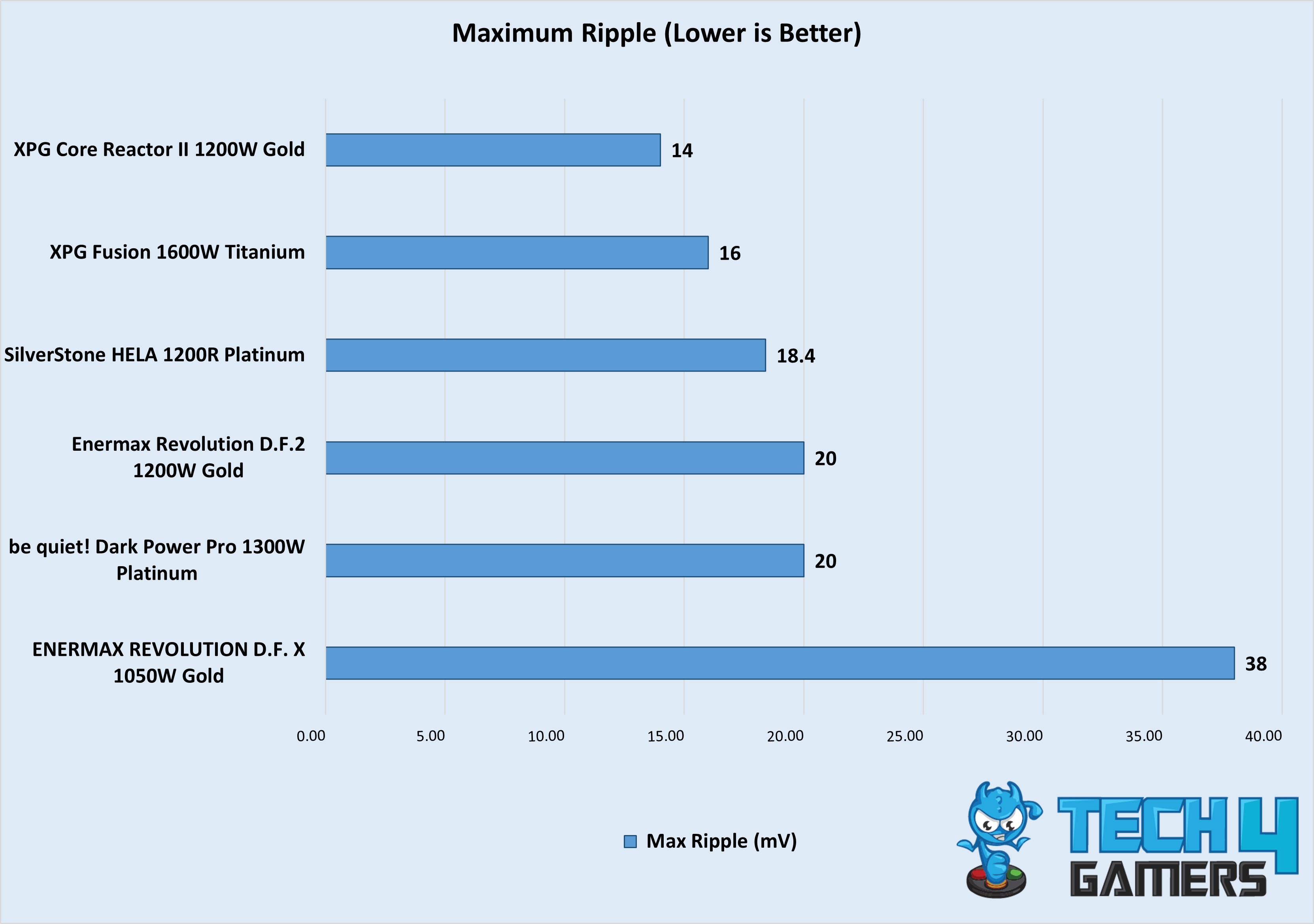
| Load in % | Voltage Ripple |
| 20% | 9.6mV |
| 50% | 10.4mV |
| 70% | 12.8mV |
| 90% | 13.6mV |
| 100% | 16mV |
The performance in this test is really good, but being a fully digital PSU with this much innovation on board, we would have loved seeing this PSU breaking some records, especially in this test with at least ~10mV of voltage ripple.
We gotta give it to Delta Electronics & XPG for designing their very first PSU with this impressive performance. We are raising our hopes once again for the XPG Fusion II, wink wink 😉
Temperatures
XPG Fusion 1600W Titanium sailed smoothly even on max 1600W of constant load for hours, hitting only 54 C max temperature on its back.
Should You Buy it?
Buy It If
✅You want top performance with peace of mind: Given the sheer performance, this PSU can last you for several upcoming generations with a whopping 12 years of warranty. Plus, if you’re into AI & Machine Learning and want to use multiple 12VHPWR 600W GPUs then XPG Fusion is a no-brainer.
✅You are an overclocking enthusiast: Setting up current/power limits for individual 12V rail does come quite handy when you’re into extreme OCing.
Don’t Buy it if
❌A 700$ price tag is a huge number for you: In case your only requirement is to power any modern & high-end Gaming system without much appreciation of what’s under the hood. Most PC builders will be better off with high-quality gold/platinum-rated PSUs.
Final Verdict
XPG has once again shown what “X” stands for in their naming scheme by partnering up with the prestigious and most experienced OEM in the server market, Delta Electronics. Together, they have created the most sophisticated and innovative PSU in the ATX market, an engineering marvel that several others have tried in the past but failed.
Coming Next: XPG Core Reactor II 1200W Review
Thank you! Please share your positive feedback. 🔋
How could we improve this post? Please Help us. 😔
[Errors Troubleshooting Expert]
Arsalan Shakil (aka GuyThatDoesEverything on YouTube) is a PC Tech Enthusiast and Electronic Geek. With over 10+ years of experience in Electronics, he then decided to explore Software Engineering to design embedded products and automate existing hardware solutions.
When he started tearing down old cameras to understand how they worked, he was shocked (literally, when he got zapped by a flash discharge capacitor), giving him the power (debatable) to fall in love with videography/photography. He also started making some fun videos that later became YouTube tech reviews.
Skills:
- 10+ years of experience in Electronics design, embedded solutions, and prototyping
- Majored in Software Engineering
- Research paper publication in IEEE for Embedded Military Uniform & LoRa WAN wireless technology
- Specialized in IoT Solutions
- PC Enthusiast & PC Modder
In his local region, he’s known to expose cheap PSU brands, often claiming fake certification or false claims on the box. He’s a true nerd and needed some friends in his life. Then he met some guys who work at Tech4Gamers, and they also came out to be equal nerds who suggested he join Tech4Gamers as a Hardware Expert.


 Threads
Threads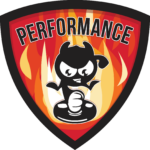
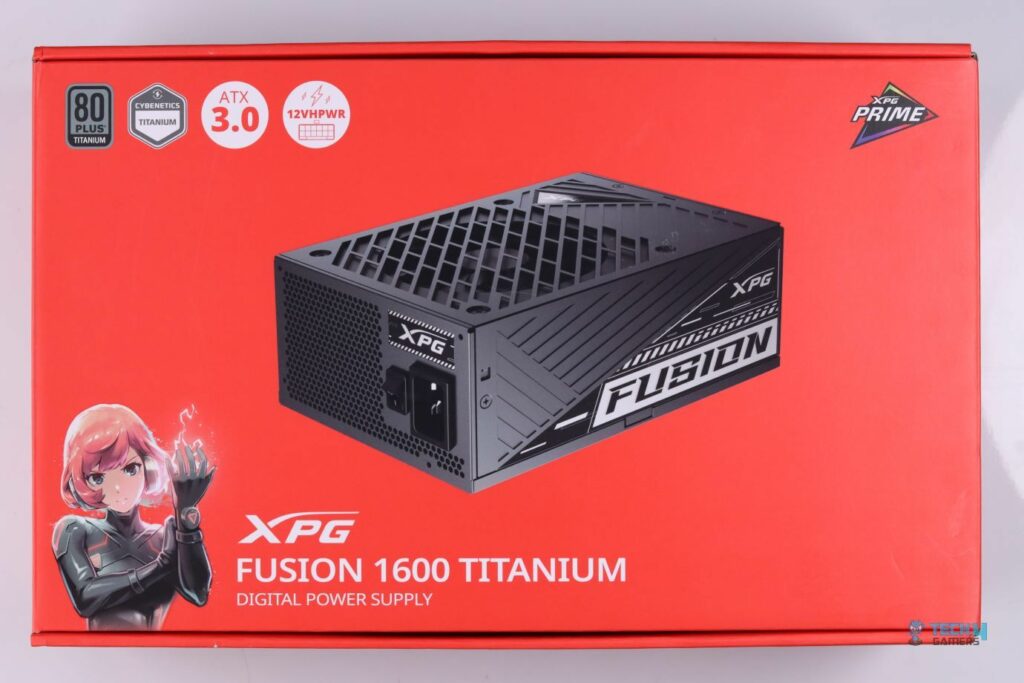

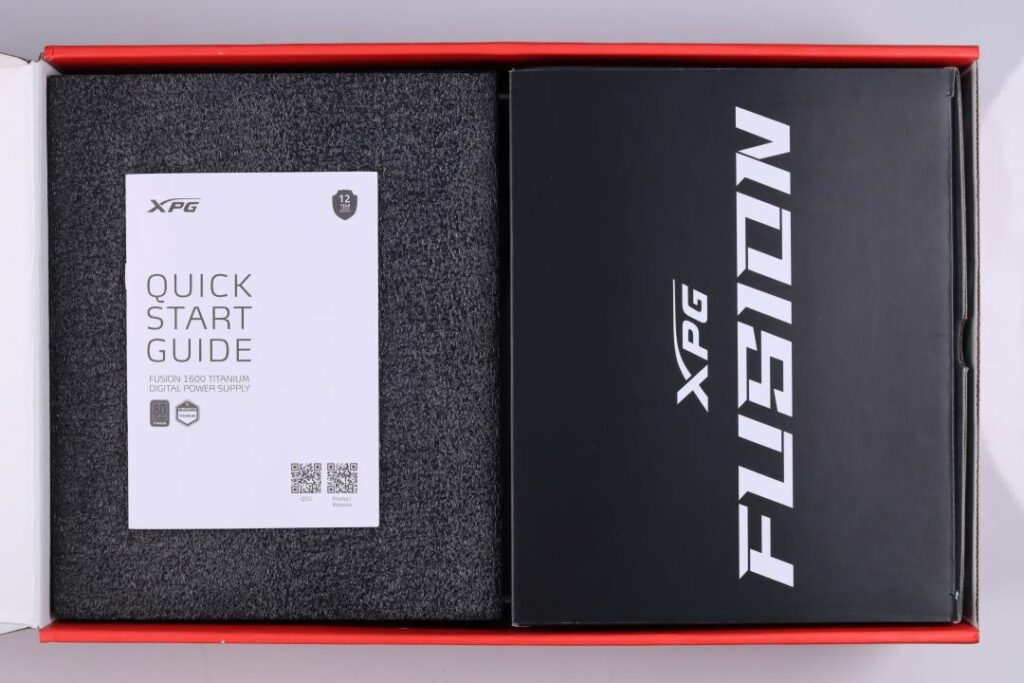
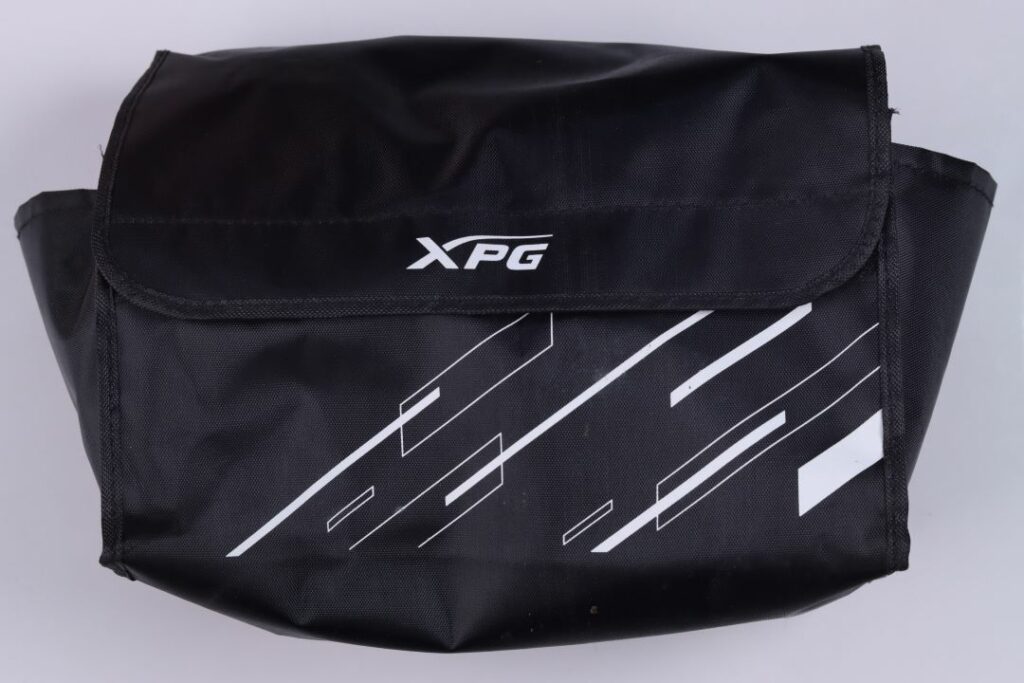
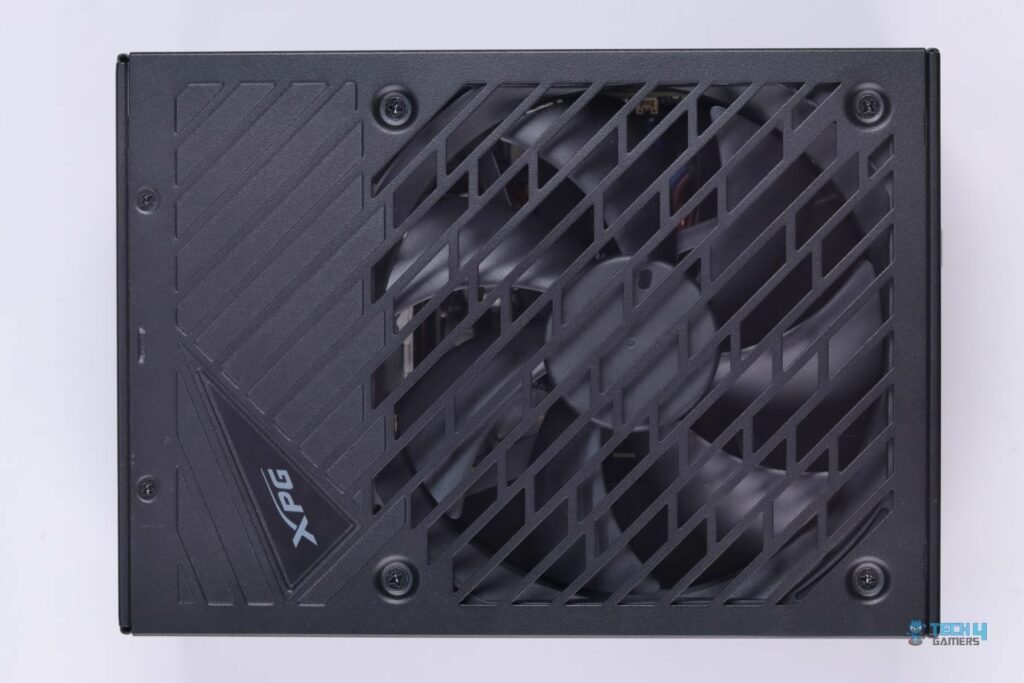
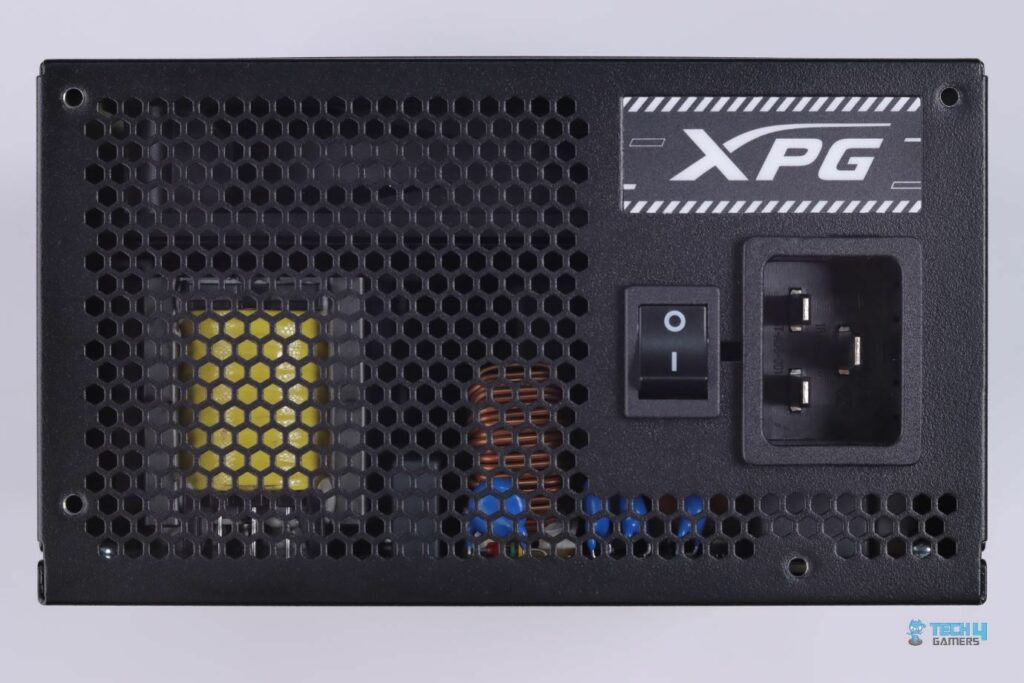
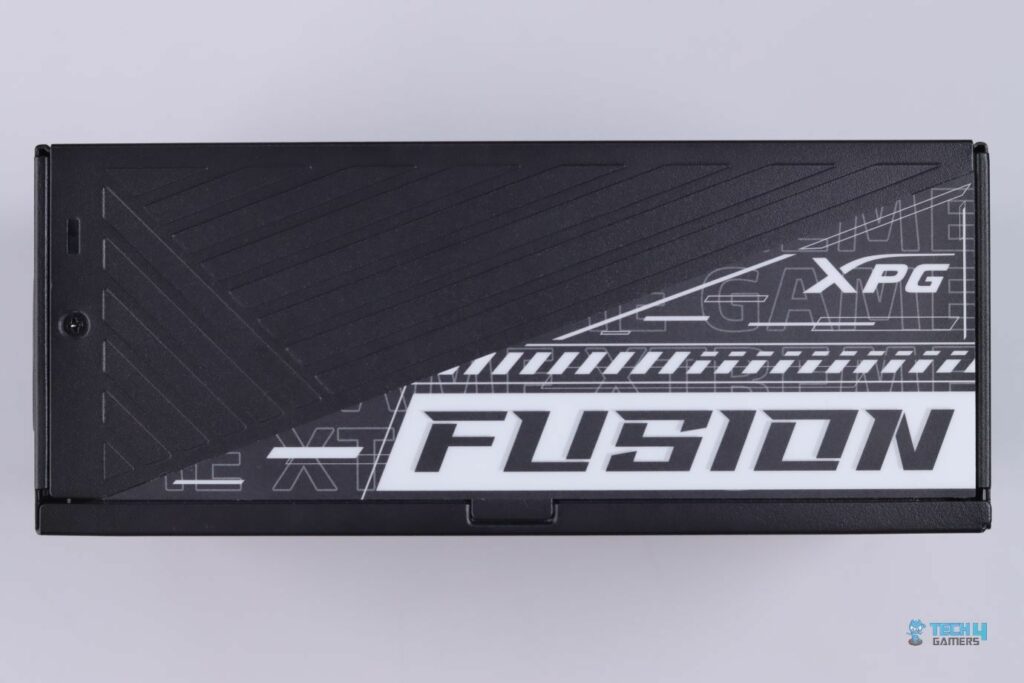
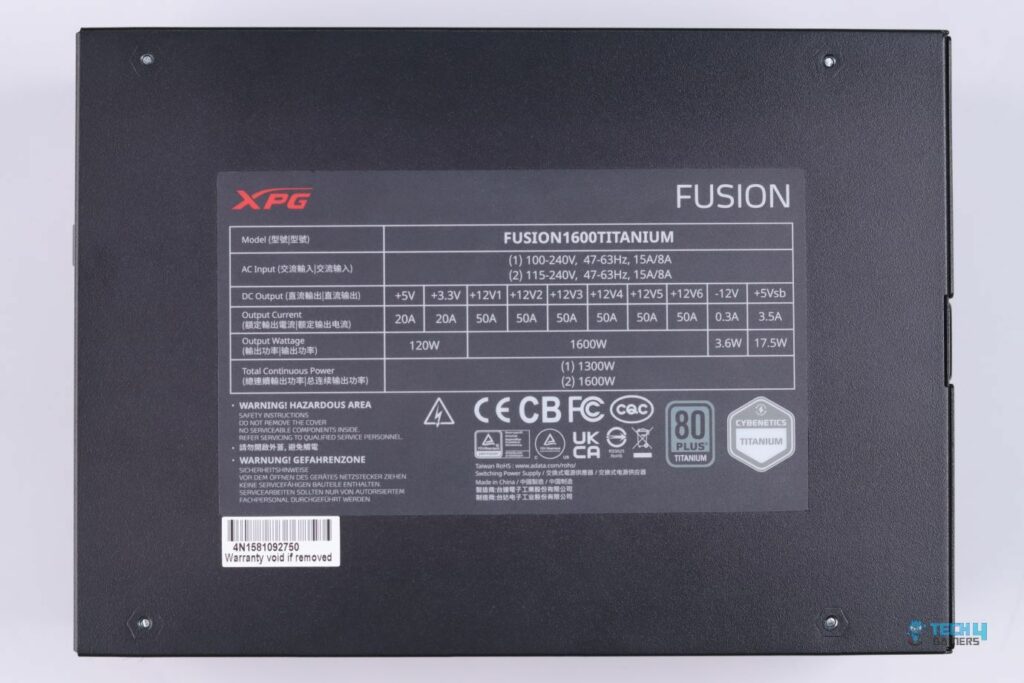
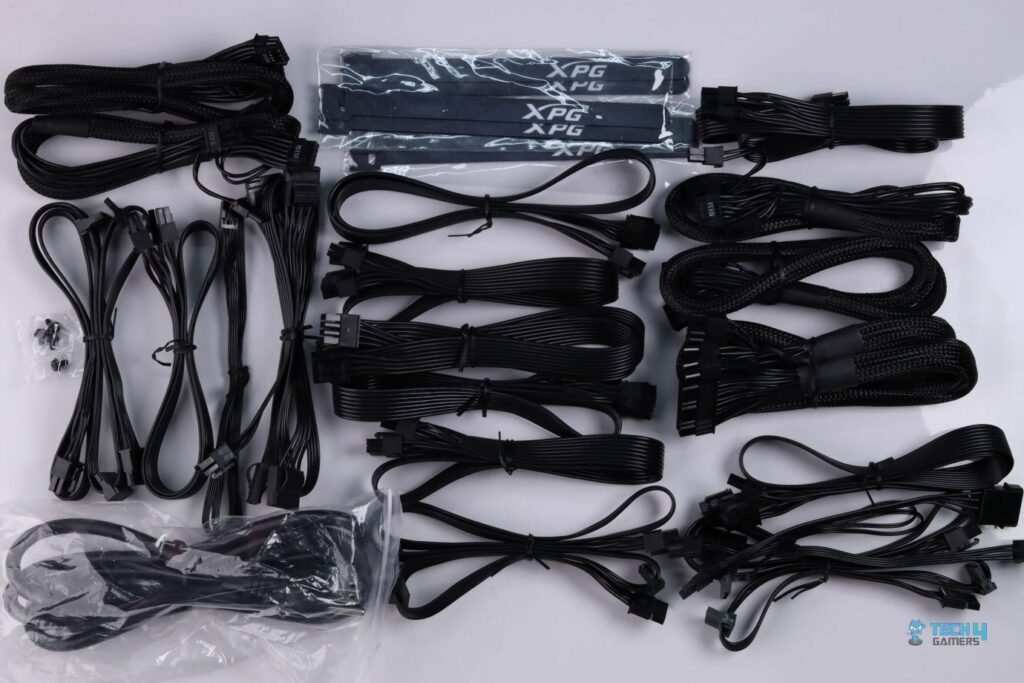
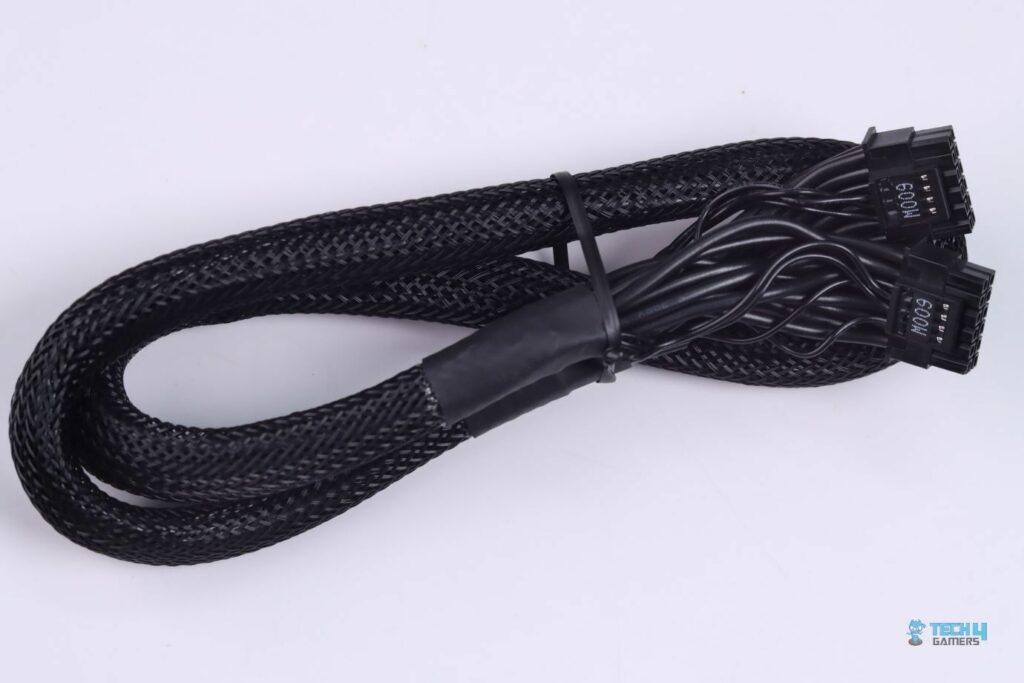
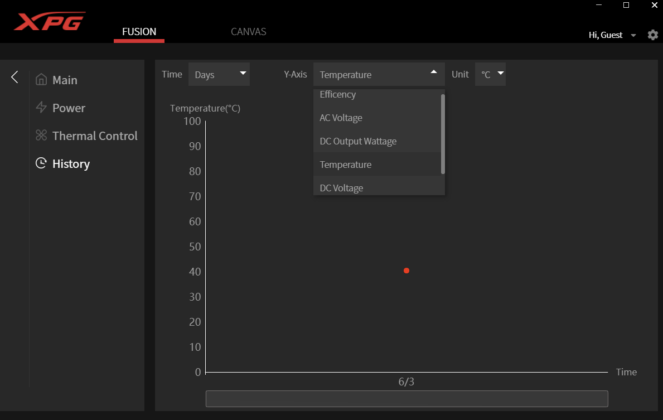
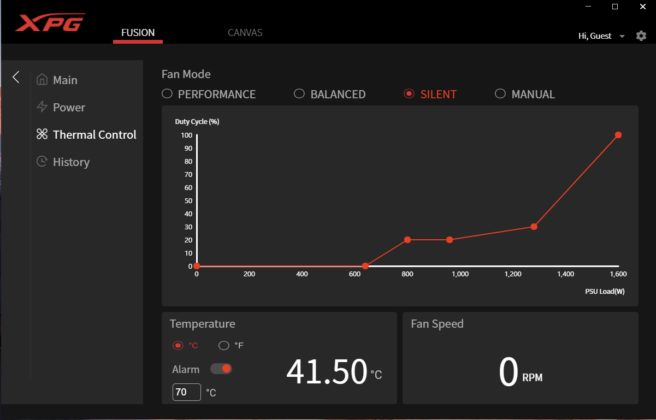
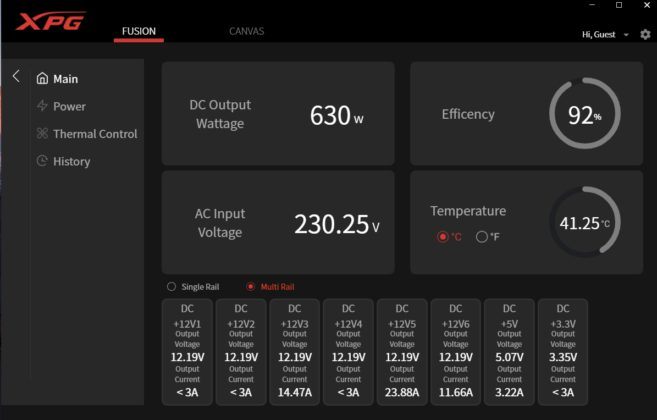
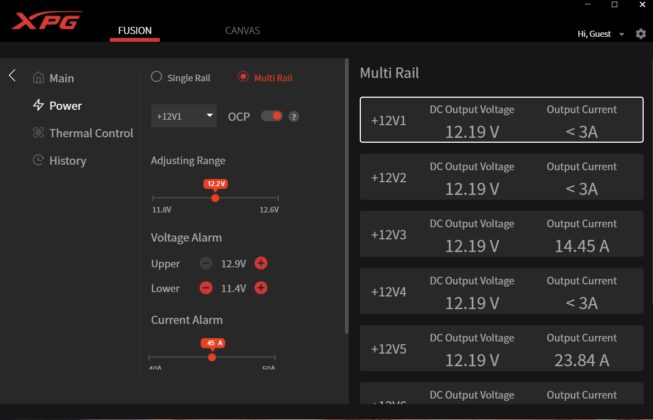
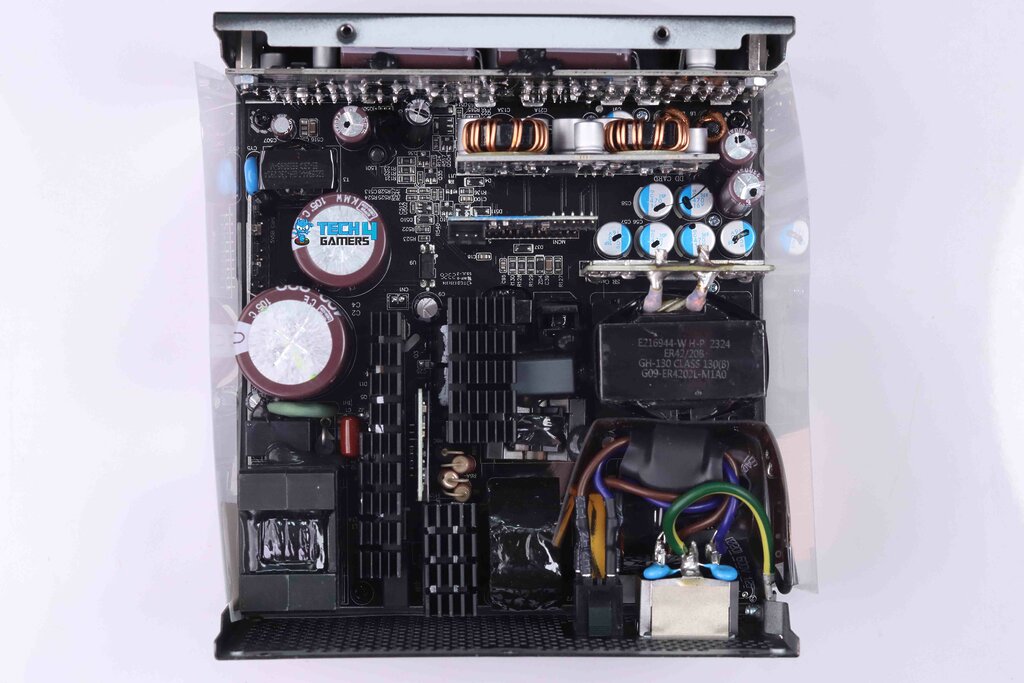
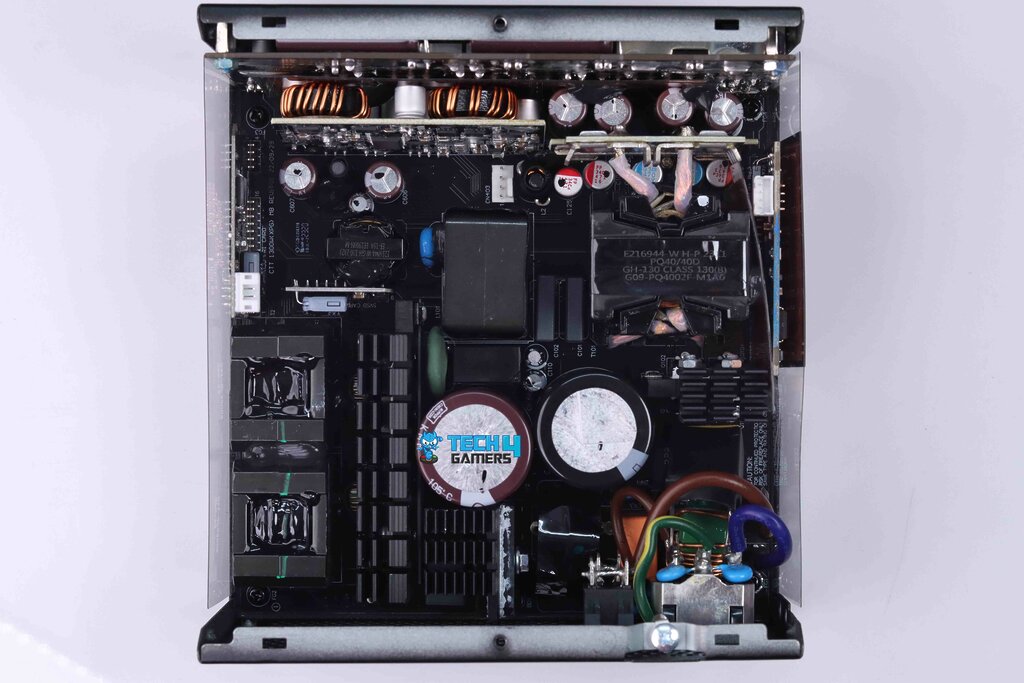
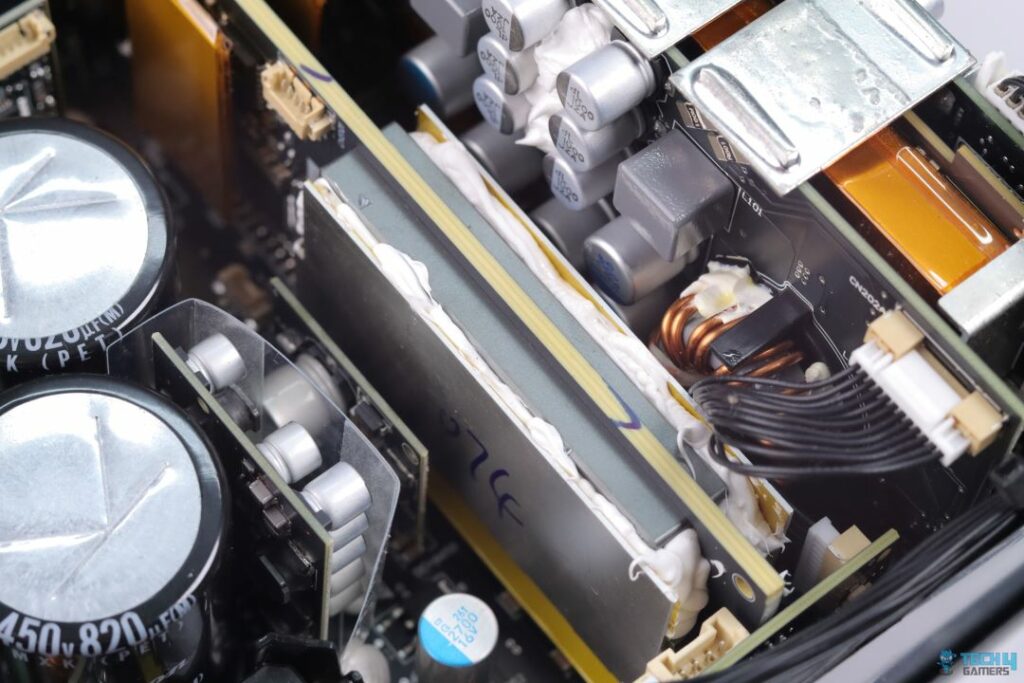
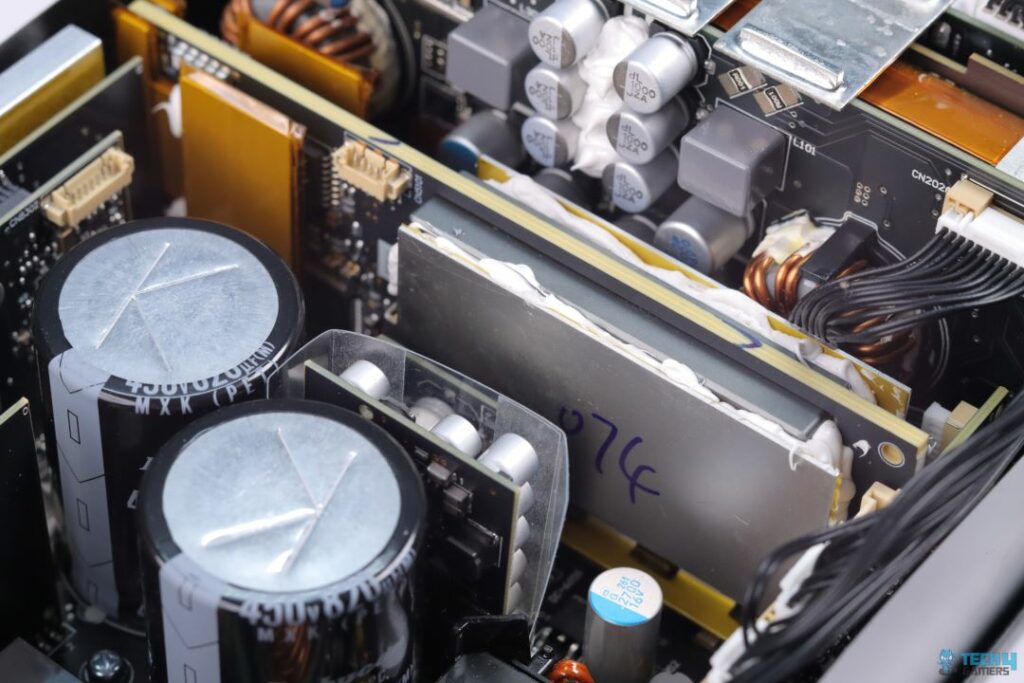
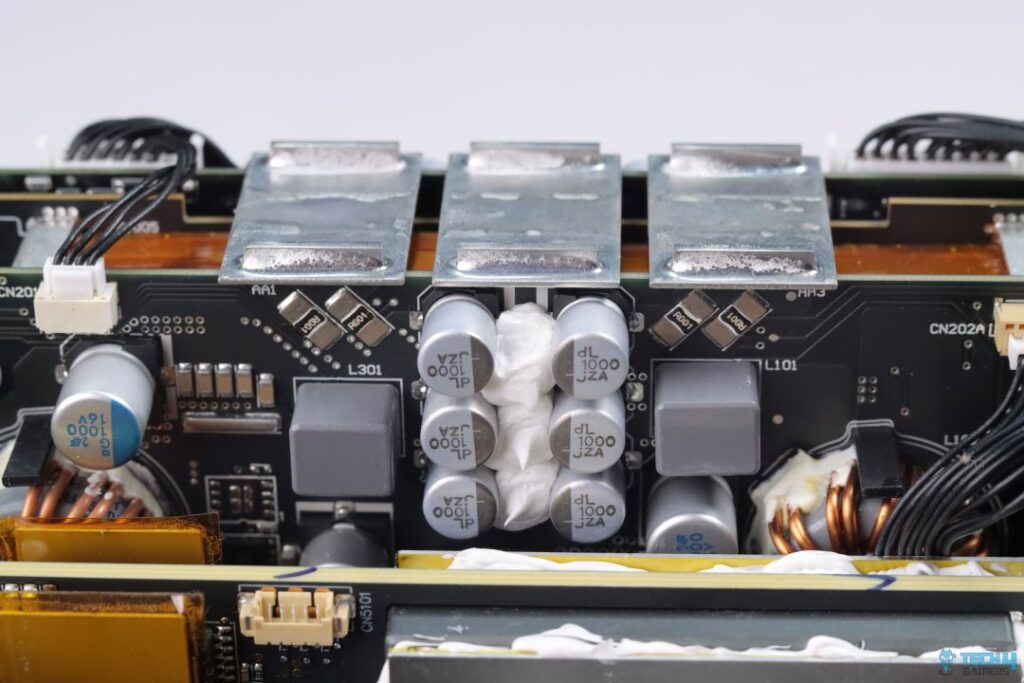
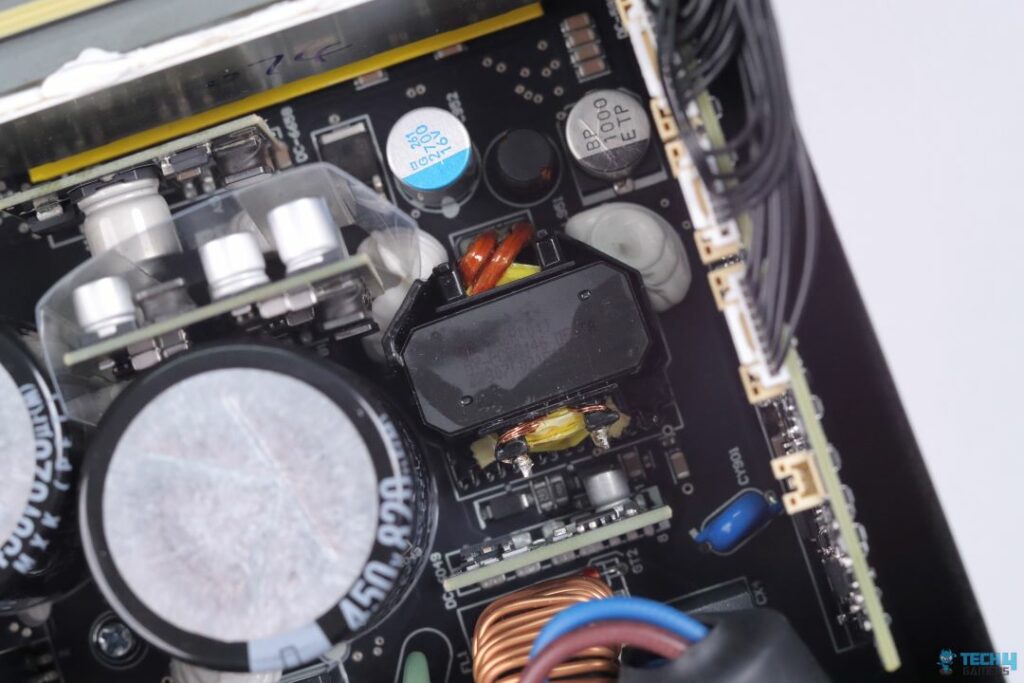
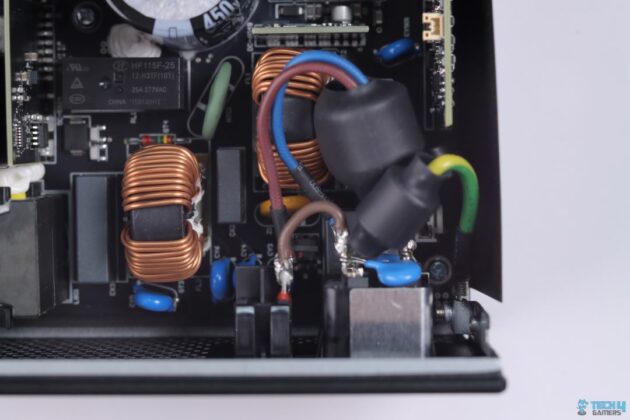
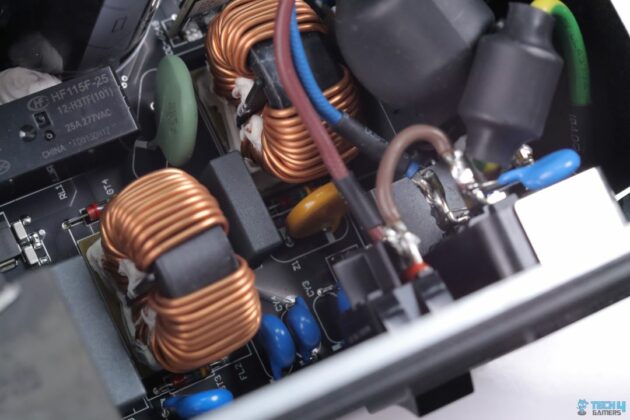
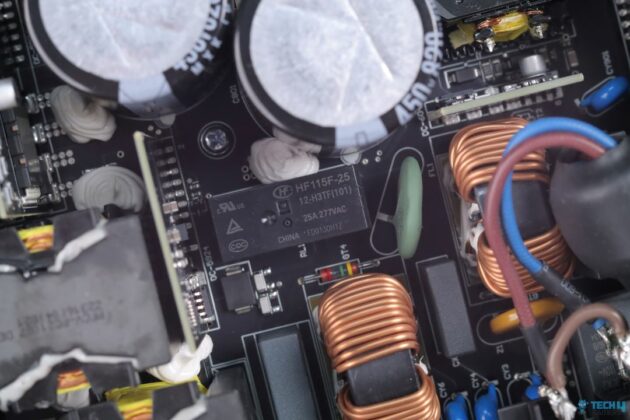
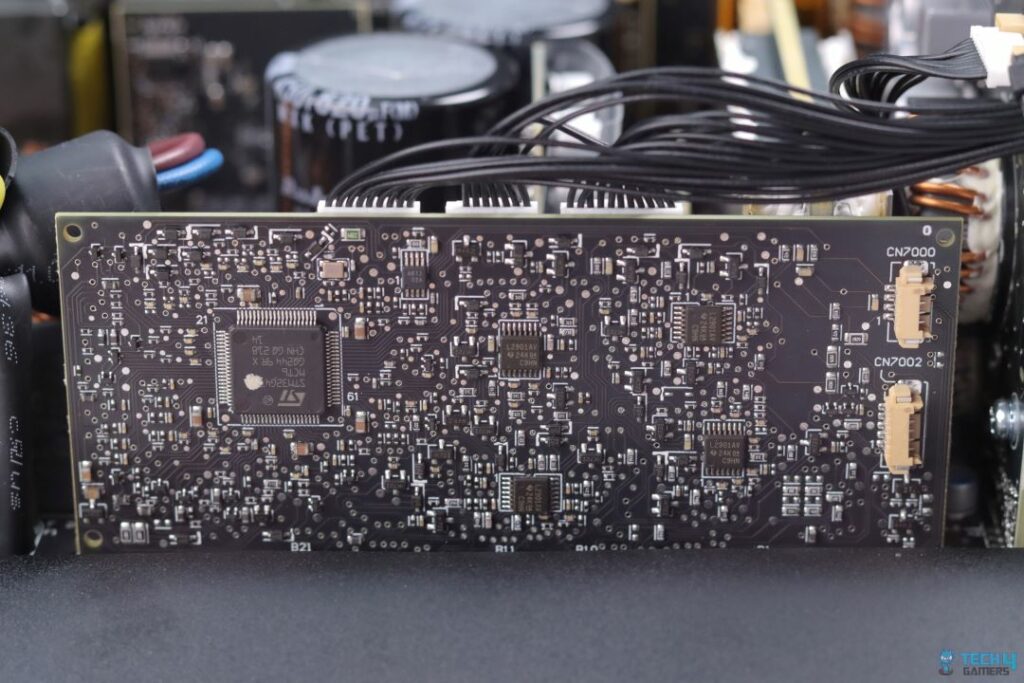
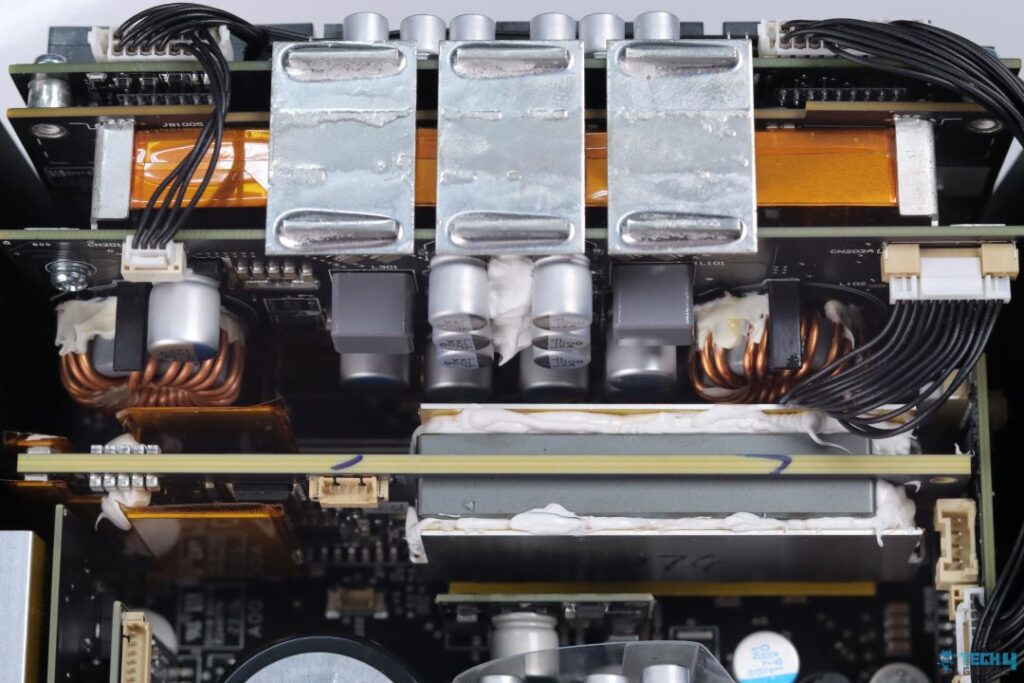
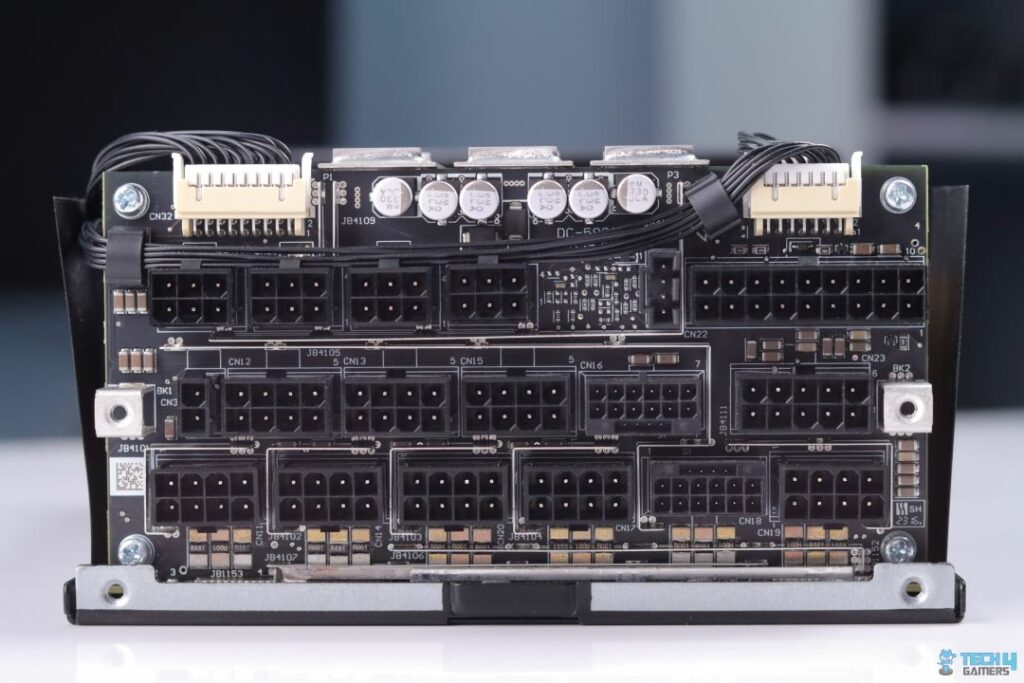
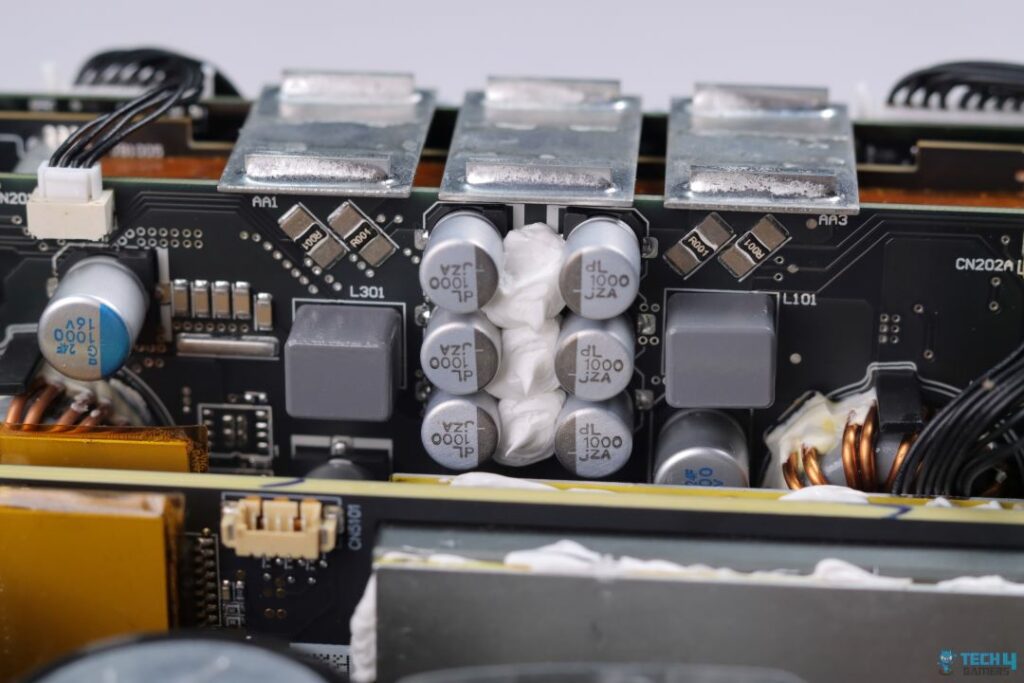
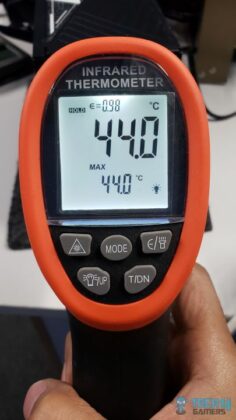
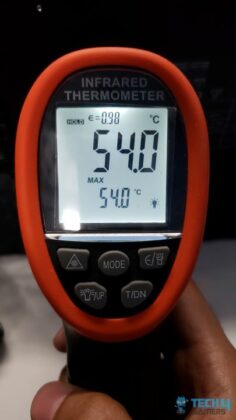
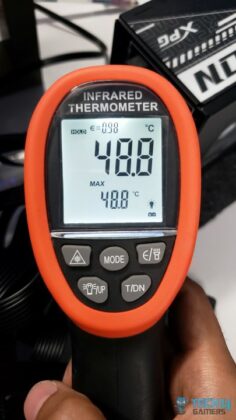
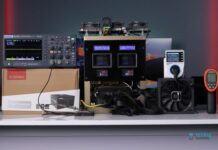
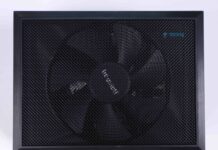
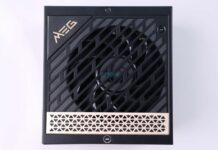
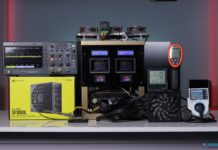
![Our Tried & Tested Best PSU For RTX 4090 [Expert Picks] Best PSU For RTX 4090](https://tech4gamers.com/wp-content/uploads/2023/06/Best-PSU-For-RTX-4090-218x150.jpg)